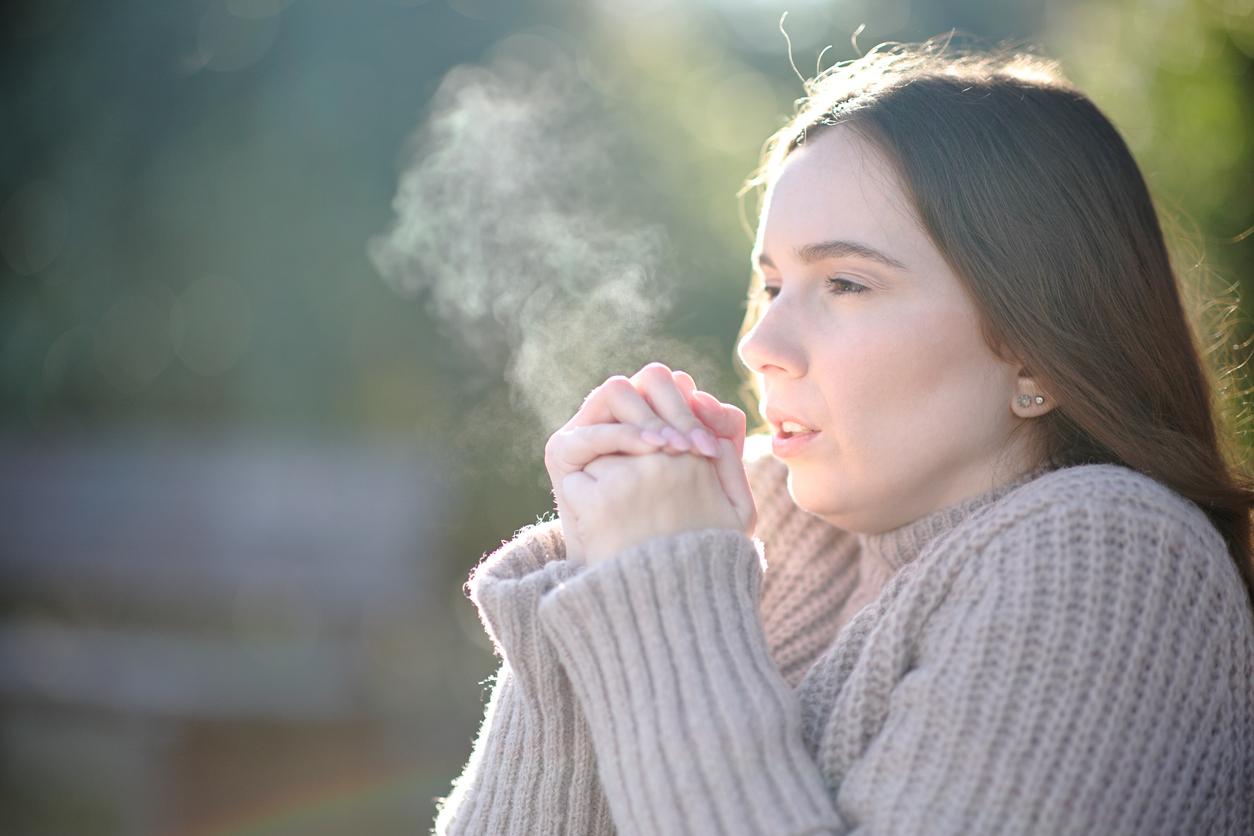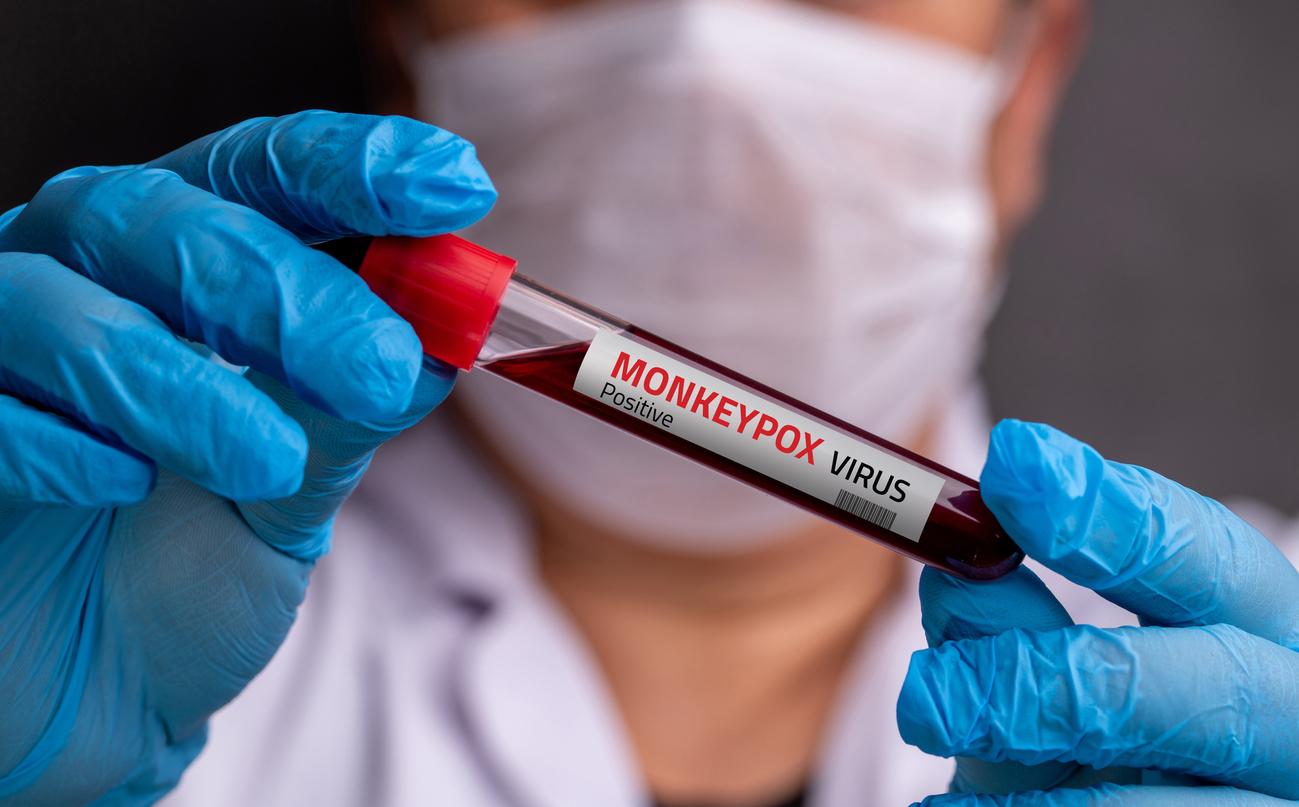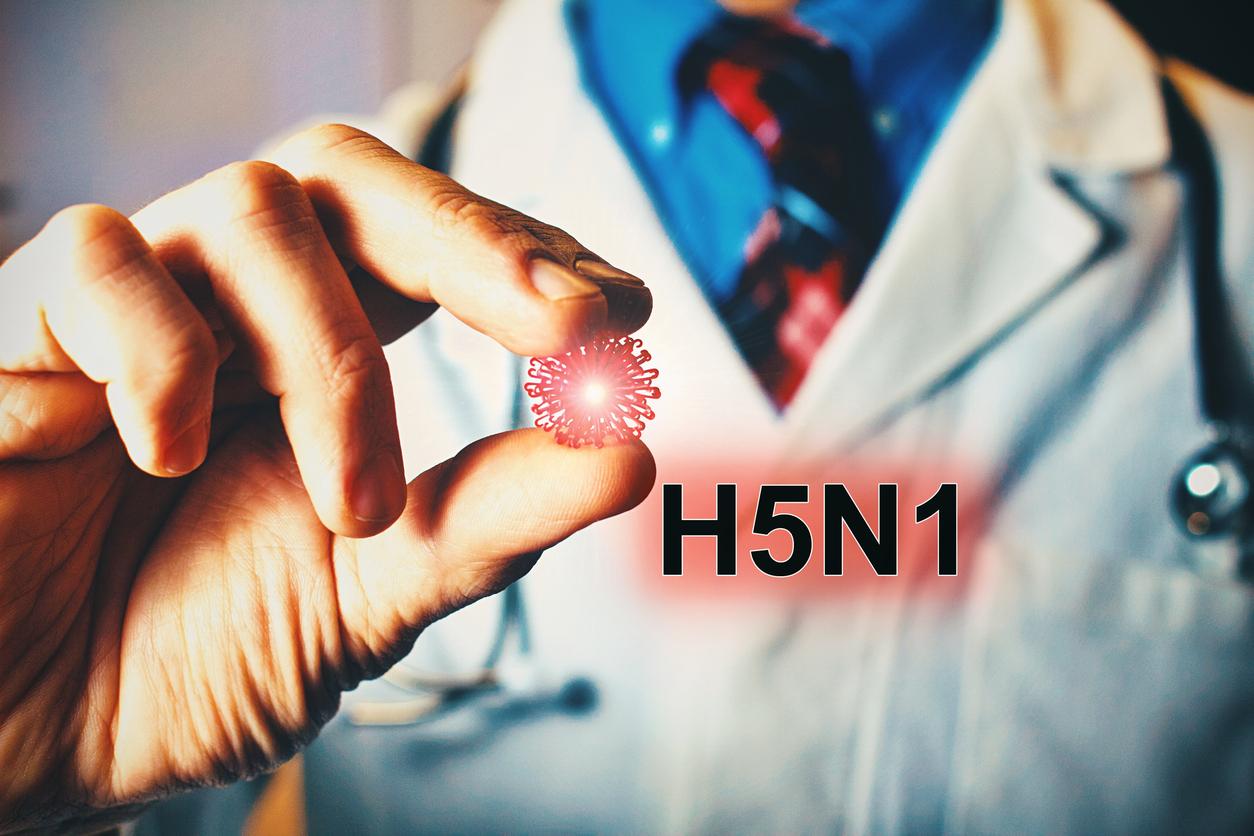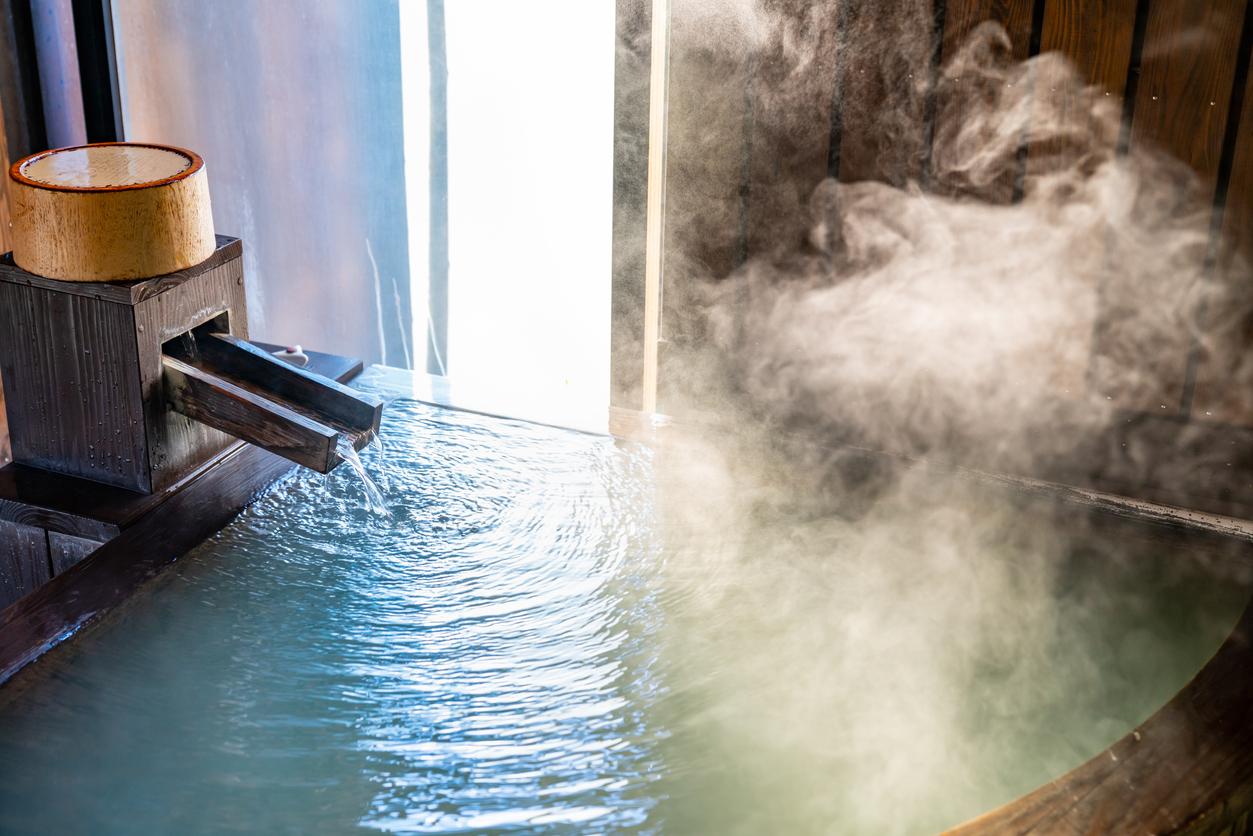Herpes virus type 1 (also known as “HSV-1”) is far from rare: according to the World Health Organization (WHO), it is present in 3.7 billion people in the world, more than half (67%) of the world’s population.
HSV-1 is responsible for herpes labialis, that is to say cold sores: this hyper-common virus is transmitted mainly by contact with the oral mucous membranes, for example through a kiss.
Researchers from the University of Cambridge (in Great Britain) were interested in the origin of the type 1 herpes virus. For this, the scientists studied 4 samples of human remains (roots of teeth) dating more than 1000 years old: they managed to extract DNA from it.
Kissing, a new habit that has favored the spread of HSV-1
Thanks to these archaeological remains, the researchers have managed to estimate that the herpes virus type 1 would have emerged “with human migrations out of Africa” around 5000 years ago.
More interestingly, HSV-1 would have spread in the human population thanks to the “densification of populations” but also thanks to “the importation of new cultural practices from the East” among which… kissing.
Indeed: as researchers recall, the practice of kissing was mentioned for the first time in a manuscript found in South Asia dating from the Bronze Age (around 3300 BC). A practice that is certainly pleasant but which has undoubtedly allowed certain viruses (such as HSV-1) to spread among human beings…
This work has been published in the specialized journal Science Advances.
Read also :
- 4 gentle ways to cure a cold sore
- Herpes labialis: a website against received ideas
- Cold sores may increase the risk of Alzheimer’s
















